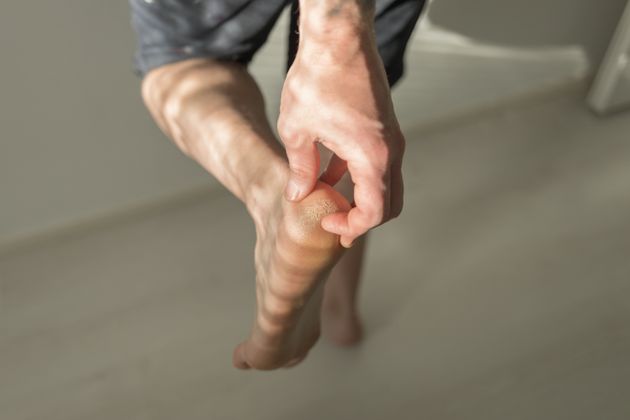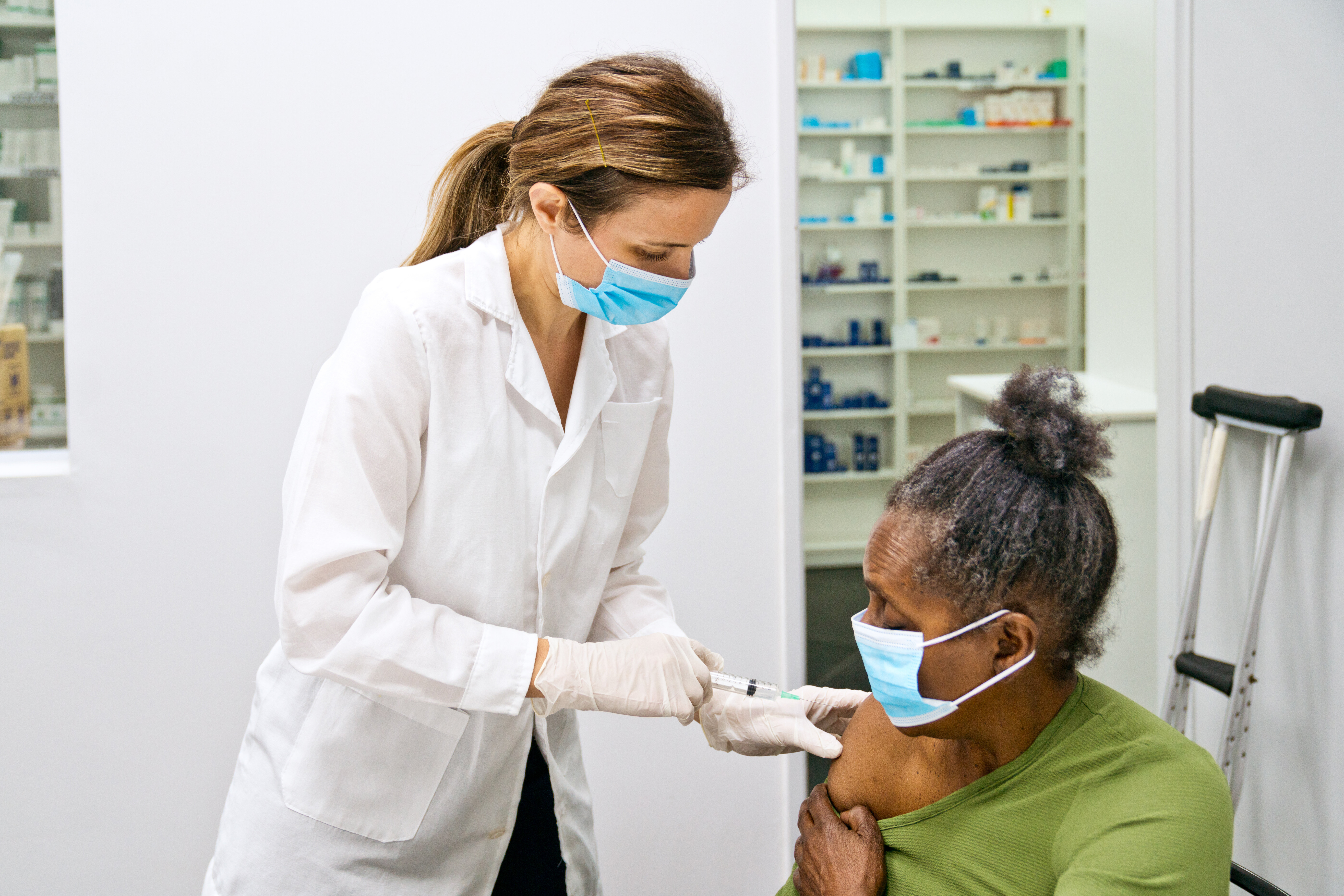A pharmacist has revealed how to investigate your feet to help spot potentially serious health problems.
From cold toes, and fungal nail infections, to a cut on your foot that won’t heal, there are several conditions that you should be on the lookout for. All of this will become clear if you contact your GP or any health-related facilities for any foot-related issues you may have.
Noel Wicks, pharmacist and advisor at Excilor, has revealed that heart disease and diabetes are among the most serious health concerns your feet can tell you about.
“We need to keep an eye on our foot health, including our toenails because it can impact on our overall health and be a sign of [serious] health issues,” he says.
How to look out for warning signs
“Each foot is made up of 26 bones, 30 joints and more than 100 muscles but it is also the home of many blood vessels. The blood vessels to the toes are tiny so it doesn’t take much for them to clog up with fat – a marker of heart disease.”
Noel explains this process can ultimately bring on symptoms such as a cold, numbness, painfulness, or swollen feet.
“Thickening and brittleness of toenails may also occur with heart disease.”
If you’re worried about missing out on the warning signs of diabetes, the pharmacist explains how to look out for them. He recommends keeping an eye out for tingling, burning/pain, a loss of sense of touch, cracked/dry skin, blisters and sores that refuse to heal, fungal infections and athlete’s foot.
In addition to diabetes, peripheral arterial disease (a common condition where a build-up of fatty deposits in the arteries restricts blood supply to leg muscles), can also be spotted through symptoms in the feet.
“Many people with PAD have no symptoms. However, some develop a painful ache in their legs when they walk, which usually disappears after a few minutes rest,” he explains.
“The medical term for this is intermittent claudication,” Noel continues. “The pain can range from mild to severe and usually goes away after a few minutes when you rest your legs. Both legs are often affected at the same time, although the pain may be worse in one leg.”






